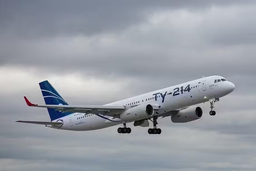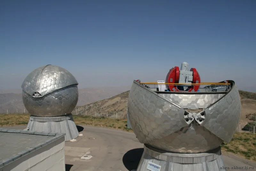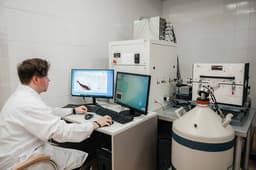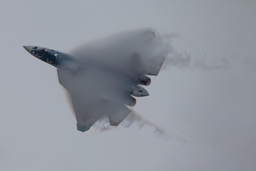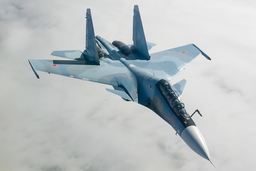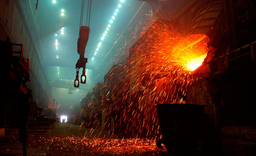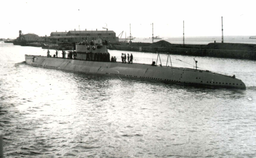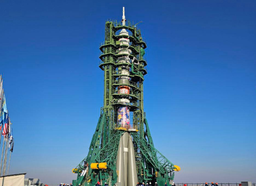In Roscosmos, preliminary results of the commission's work to investigate the causes of the crash of the interplanetary station "Luna-25" on August 19 were announced.
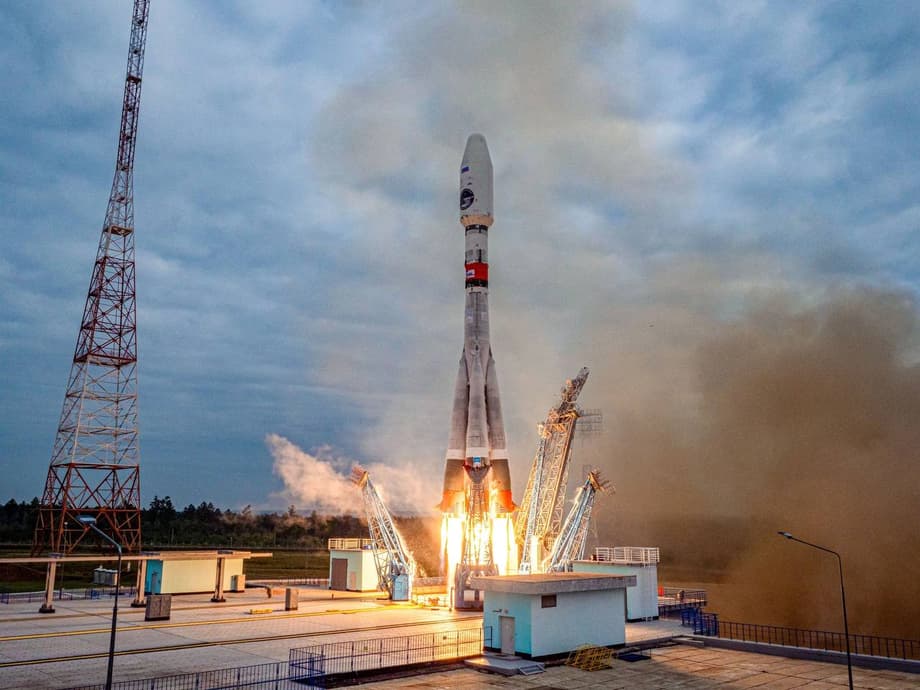
On this day, an error occurred in the correction engine of the station during an attempt to land on the moon: instead of 84 seconds, it worked for 127 seconds. Therefore, "Luna-25" did not switch to the pre-landing elliptical orbit from the circular orbit in time and collided with the lunar surface.
Yuri Borisov, the general director of "Roscosmos", called an error of the correction engine one of the preliminary causes of the crash in the aftermath of the disaster.
But now the new domestic block of angular velocity measurement "Bius-L", included in the onboard control complex of the station, is called the "most likely cause of the accident" in Roscosmos.
The device was designed at the Academical Scientific and Production Center of Automation and Instrument-Making (NPPAP) entirely from Russian parts.
It was responsible for determining the orientation and speed of the station in space. Shortly before landing, the accelerometer blocks of "Bius-L" did not work due to the possible "input of commands with different priorities of their execution by the device into one data array".
At the same time, the distribution of commands in the data arrays has a random (probabilistic) nature. Therefore, zero signals from the accelerometers of the "Bius-L" device came to the onboard control complex. This did not allow to fix the moment of gaining the required speed when issuing a corrective impulse and to switch off the engine installation of the spacecraft in time, as a result of which its shutdown occurred at the set time.
Information that the cause of the station's disaster lies in "Bius-L" appeared long before the end of the official investigation. According to a version unofficially voiced to journalists, the device was not tested in space before the mission, although it was considered a development for conquering the Moon.
There is no official statement yet that "Bius-L" will be excluded from the equipment of the next Russian interplanetary stations. But in Roscosmos, they note that recommendations for conducting "additional measures" for subsequent lunar missions have already been formed as a result of the investigation.
According to experts, a repeat of the "Luna-25" mission will cost Russia 5 billion rubles. Before the crash, the launch of the next stations was planned for 2027, 2028 and 2030.
